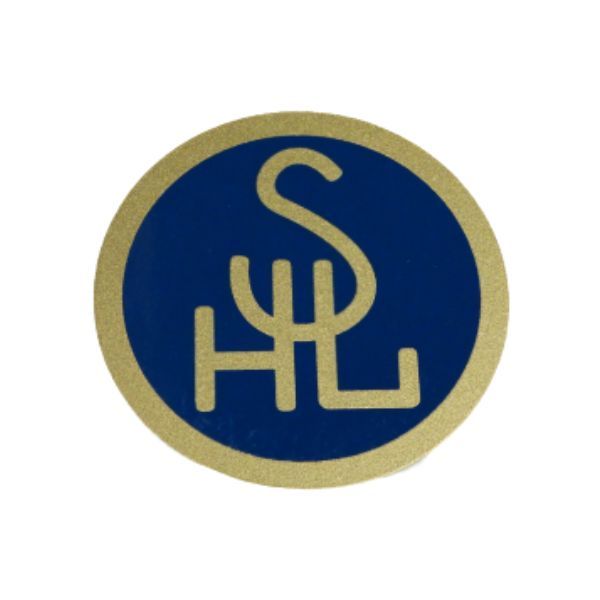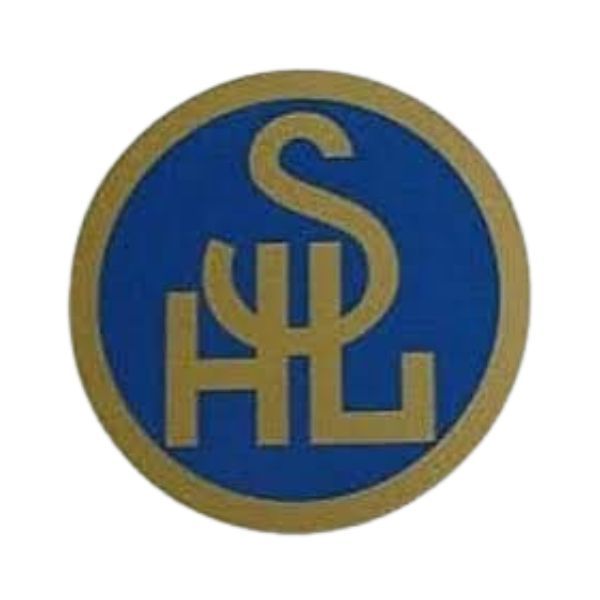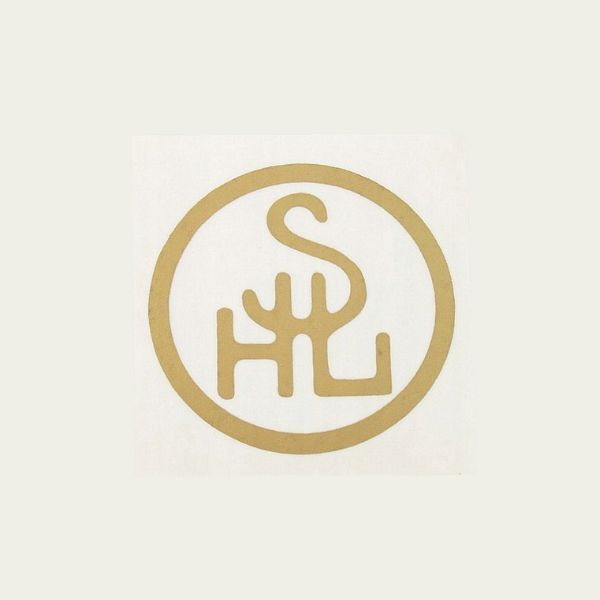SHL
The history of SHL motorcycles, especially during the period leading up to World War II, is a fascinating chapter in the development of European motorcycles. SHL, an abbreviation for "Setki (Hundred) of Huty Ludwików", reflects a significant era in Polish industrial history. The SHL motorcycles were introduced in December 1938, marking a significant advancement in Poland's domestic motorcycle industry.

Priced at 898 PLN, these motorcycles were highly sought after due to their affordability. This high demand led to the establishment of factory depots in major Polish cities, with the largest presence in the capital. By March 1939, to cater to the southern region's customers, the factory partnered with the Cooperative of Workers of Huta Ludwików SA in Kielce, opening specialized retail outlets offering cash and installment sales.
The production plan for 1939, formulated at a conference in Warsaw, aimed to launch 2000 units of SHL motorcycles with a 98 cc engine. There were also experiments with a larger 200 cc engine, showcasing the brand's innovation and adaptability.
Despite the promising start, the onset of World War II severely impacted SHL's operations. The Nazi invasion led to the confiscation of all production equipment and license documentation, a devastating blow to the company. The situation worsened in 1944 when the Germans evacuated over 1,300 wagons of machinery and materials, leaving the factory stripped of resources.
The SHL motorcycles were known for their strength and durability, though these qualities came with a trade-off in weight. With a ready-to-ride weight of 78 kg, they were at the upper limit for their category. They could maintain speeds of 45 - 50 km/h with two passengers, though it was recommended not to overload the engine.
For long journeys, these motorcycles were quite suitable, boasting a 9-litre fuel tank that enabled up to 400 kilometers of travel before needing a refill. Additionally, a measuring cup was integrated into the fuel filler cap for accurately mixing two-stroke oil.
SHL's public presentation, including at the Poznan International Fair in 1939, garnered recognition for their solid performance. They also participated in sports events, with notable achievements such as Jan Ripper's third-place finish in the 3rd "Meeting of Hundreds".
The story of SHL motorcycles is a testament to the resilience and innovation of the Polish motorcycle industry during a tumultuous historical period.
Additional SHL Logos
Author: William Flaiz




